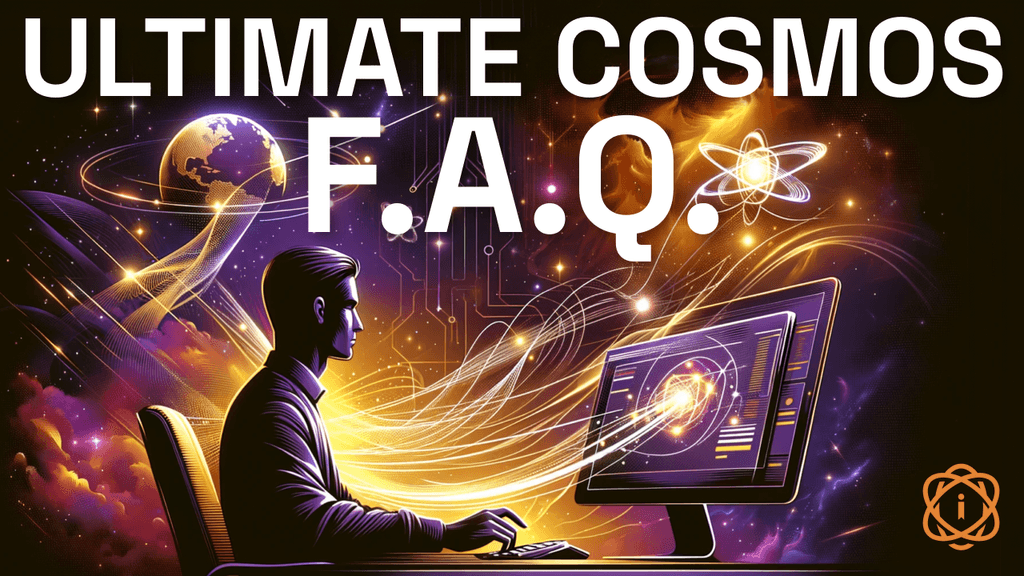Introduction
Wrapped Bitcoin (WBTC) is an innovative financial instrument that bridges the gap between Bitcoin and Ethereum blockchains. It is an ERC20 token on the Ethereum blockchain that represents Bitcoin at a 1:1 value. This means that for every WBTC in circulation, there is an equivalent amount of Bitcoin locked in a reserve. The primary objective of WBTC is to bring Bitcoin’s liquidity to decentralized applications (DApps) on Ethereum, enabling new use cases for Bitcoin within the Ethereum ecosystem.
Utility and Purpose
Bringing Bitcoin to Ethereum
WBTC’s primary utility is to make Bitcoin compatible with the Ethereum chain. This compatibility allows Bitcoin to be used in Ethereum’s decentralized applications, especially in decentralized exchanges (DEXs). Historically, most of the trading volume for Bitcoin occurred on centralized exchanges. WBTC aims to change this dynamic by bringing Bitcoin’s liquidity to DEXs, thus facilitating token trades that were previously not possible.
Advantages for Traders
For traders, WBTC offers several advantages. Decentralized exchanges, which were previously limited to ERC20 tokens, often suffered from low trading volumes and liquidity. With the introduction of WBTC, users can experience increased liquidity and participation. Moreover, transactions on the Ethereum network are processed faster than those on the Bitcoin network. This means that with WBTC, transferring Bitcoin between exchanges becomes significantly quicker, enhancing the trading experience.
Simplifying Multi-Currency Support
Another significant advantage of WBTC is the standardization it brings. By converting Bitcoin into an ERC20 format, it becomes easier to integrate Bitcoin transfers into smart contracts. This standardization reduces the complexity for exchanges, wallets, and payment apps, as they only need to manage an Ethereum node instead of maintaining nodes for multiple currencies.
Creation and Governance
WBTC came into existence as a collaborative project between various entities in the blockchain sector, including Kyber, Ren, and BitGo. The governance of WBTC is overseen by the Wrapped Tokens DAO, which controls the addition and removal of merchants and custodians for WBTC on Ethereum. This governance is facilitated through a multi-signature contract, with keys held by institutions that are part of the WBTC DAO.
Minting and Burning Process
The process of creating (minting) and destroying (burning) WBTC is straightforward. To receive WBTC, a user approaches a merchant who then conducts the necessary KYC/AML procedures. Once the user’s identity is verified, a swap is executed: the user transfers Bitcoin to the merchant, and in return, receives an equivalent amount of WBTC.
Criticisms and Concerns
Despite its advantages, WBTC has faced criticisms, primarily centered around its centralized nature. Since Bitcoin cannot be automatically wrapped on Ethereum, a central entity is required for the wrapping process. This centralization can potentially lead to manipulation, undermining the principle of decentralization inherent to blockchain technology. Prominent figures in the crypto community, including Ethereum’s co-founder Vitalik Buterin, have expressed concerns about WBTC’s centralized nature.





